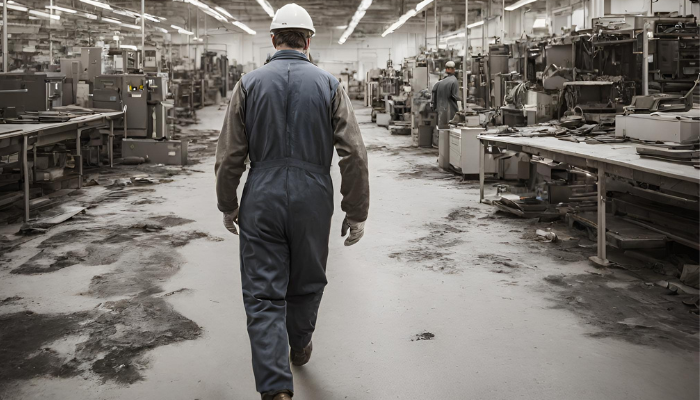There are three manufacturing shop floor threats that should be on your radar.
Manufacturers love predictability. Ever since Henry Ford introduced the mobile assembly line, the name of the game has been standardized. Standardized parts and processes are easier to automate. Standardized supply chains and market dynamics are easier for forecasting and planning. Unfortunately, that is not the world we live in anymore.
Shifts in consumer preferences towards more customization, fluctuations in raw materials, and geopolitical events can impact your shop floor. These are some of the factors at play in the market that are disrupting core assumptions in manufacturing.
These issues might not have existed ten years ago, or even ten months ago. However, you can easily prepare for them by integrating the right technology.
Unpredictable Labor
Skilled labor is in high demand, and this trend shows no sign of slowing down. This high demand encourages workers to shop their talents around and get the best compensation they can. It’s common to hear companies lose their talent to a competitor down the street for just a few dollars. While it is great that workers can demand more money, this is a manufacturing shop floor threat. Shop floor managers need to have a predictable workforce in order to satisfy customer orders.
Solution: leverage automation to supplement manual labor and have consistent production capacity
Lack of Data
Data drives direction. Without historical data or trailing metrics, this becomes one of the biggest manufacturing shop floor threats. Lack of data makes it difficult to identify challenges until you are staring them right in the face. Having automated machines and robots is great, but it isn’t until the right MES or SCADA system is put in place. That is when true insights become apparent. This data is key to prevent and predict unforeseen fluctuations in supply and demand.
Solution: connect new and existing equipment to a central SCADA system and implement appropriate ERP/MES solutions
Market Challenges
The COVID-19 pandemic had an earthshaking effect on supply chains, especially semiconductors. Anyone who was buying PLCs, motor drives, or advanced sensors will remember getting a quote back from their supplier and seeing a lead time that was often more than twice as long as normal. It would be nice to say that since 2020 things have improved and become more stable, but that is not the case. Wars, persistent inflation, and a rapid rise in interest rates are just a few of the challenges manufacturers are required to navigate in order to be successful.
Solution: leverage flexible automation solutions like RaaS that can adapt to changing market conditions
“If you know the enemy and know yourself, you need not fear the result of a hundred battles.”
– Sun Tzu
The Bottom Line
Ignorance is the enemy of many companies. Companies that increase awareness, proactively adopt technology, and face these threats head-on are going to be the ones who will win in the long run. In addition to the standardization that has helped make so many manufacturers successful, they must adopt a rugged adaptability to meet the challenges ahead.

John Paradise is an electrical engineer by trade, and a problem-solver at heart. As an account executive at Path Robotics, he is focused on helping manufacturers thrive.
